Table of Contents
- The Optimal Age to Start Training Your Puppy
- Why Start Dog Training Early?
- Training Techniques for Different Ages
- Training Methods and Tips
- Common Mistakes to Avoid
- When Should You Start Dog Training – After Adoption?
- Conclusion
- FAQs
Training a dog is not just about teaching them tricks or obedience commands; it’s about laying the foundation for a well-behaved, socially adept, and happy pet. But one question that often puzzles new dog owners is, “When should you start dog training?” Here’s a deep dive into this crucial aspect of dog care, ensuring you have the knowledge to begin your journey on the right paw.
The Optimal Age to Start Training Your Puppy
- Early Beginnings: 7-8 Weeks Old
- The consensus among dog trainers and behaviorists is that when should you start dog training ideally begins at around 7-8 weeks of age. This period is known as the primary socialization window, where puppies are most receptive to learning and adapting to their environment.
- Socialization: At this age, puppies are like sponges, absorbing everything about their world. Early socialization helps prevent behavioral issues like fearfulness or aggression later in life. Introducing your puppy to different people, pets, sounds, and environments can be incredibly beneficial.
- Basic Commands: Simple commands like “sit,” “stay,” and “come” can start being taught using positive reinforcement methods. Puppies can begin to understand these cues and associate them with rewards.
- Vaccination Concerns
- A common concern is the health of young puppies, particularly regarding vaccinations. While puppies should not be exposed to areas frequented by unknown dogs until fully vaccinated, controlled socialization in safe environments is still encouraged. Puppy classes often require a first set of vaccinations and can provide a controlled setting for learning and socializing.
Why Start Dog Training Early?
- Behavioral Development: The first few months of a dog’s life are critical for behavioral development. Dogs that start training early tend to have fewer behavioral issues as adults. Early training helps in establishing routines, setting boundaries, and teaching your puppy how to behave in various situations.
- Bonding: Training sessions are also bonding opportunities. They help strengthen the relationship between you and your dog, fostering trust and mutual respect.
- Preventing Bad Habits: Starting early means you can nip potential bad habits in the bud, such as jumping up, nipping, or excessive barking.
- Ease of Learning: Young puppies are in a learning phase where they can pick up habits and behaviors much faster than older dogs. This doesn’t mean older dogs can’t learn, but the process might be slower and require more patience.
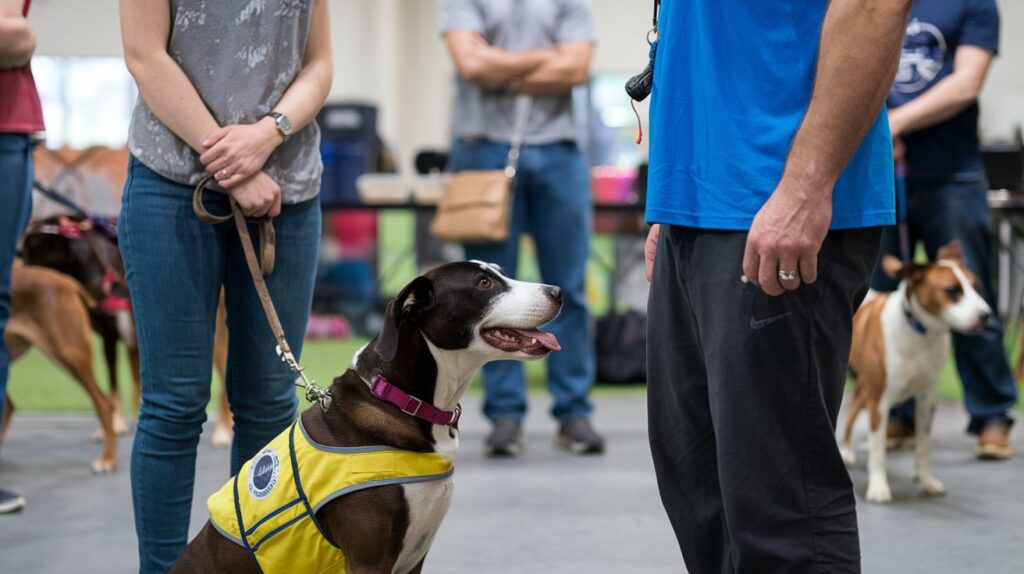
Training Techniques for Different Ages
- Puppy Stage (8-16 Weeks)
- House Training: Begin with house training as soon as your puppy arrives home. This includes teaching them where to go to the bathroom and setting up a consistent feeding and potty schedule.
- Crate Training: Introduce crate training to provide your puppy with a safe space and to aid in house training. It also helps in teaching them to settle down.
- Basic Obedience: Focus on basic commands but keep training sessions short and fun to match their short attention spans.
- Adolescent Dogs (4-12 Months)
- Advanced Training: As your puppy grows, you can introduce more complex commands and behaviors. This is also the time to start leash training outdoors, focusing on walking manners and recall in more distracting environments.
- Social Skills: Continue socialization but in a broader context, introducing your dog to more varied and challenging scenarios.
- Adult Dogs
- Even if you’ve missed the early window, when should you start dog training for an adult dog? The answer is, as soon as possible. Adult dogs can learn new behaviors, but the approach might need to be adjusted based on their previous experiences and temperament.
Training Methods and Tips
- Positive Reinforcement: Use treats, praise, and play to reward good behavior. This method has been shown to be effective and humane, enhancing the learning experience without causing fear or anxiety.
- Consistency: Keep commands, routines, and rules consistent. Everyone in the household should use the same cues and follow the same training protocol.
- Short Sessions: Young pups have limited attention spans. Training sessions should be brief, ideally 5-10 minutes, several times a day.
- Patience and Calmness: Dogs sense our emotions. Training should be a calm, positive experience. Frustration can lead to setbacks in training.

Common Mistakes to Avoid
- Punishment-Based Training: Avoid harsh corrections or punitive methods. These can lead to fear, anxiety, and aggressive behavior rather than learning.
- Skipping Socialization: Not socializing your dog can lead to anxiety or aggression towards new people or dogs.
- Inconsistency: Changing rules or commands can confuse your dog, slowing down the learning process.
When Should You Start Dog Training – After Adoption?
If you adopt an older dog, the question of when should you start dog training remains the same – immediately. Older dogs might come with pre-existing behaviors, but with patience and the right techniques, they can adapt and learn new habits.
- Start with Basics: Even if they know some commands, revisiting basics can help establish your leadership and bond.
- Behavioral Adjustment: Older dogs might need help unlearning bad habits or adjusting to new rules. This process requires patience and understanding.
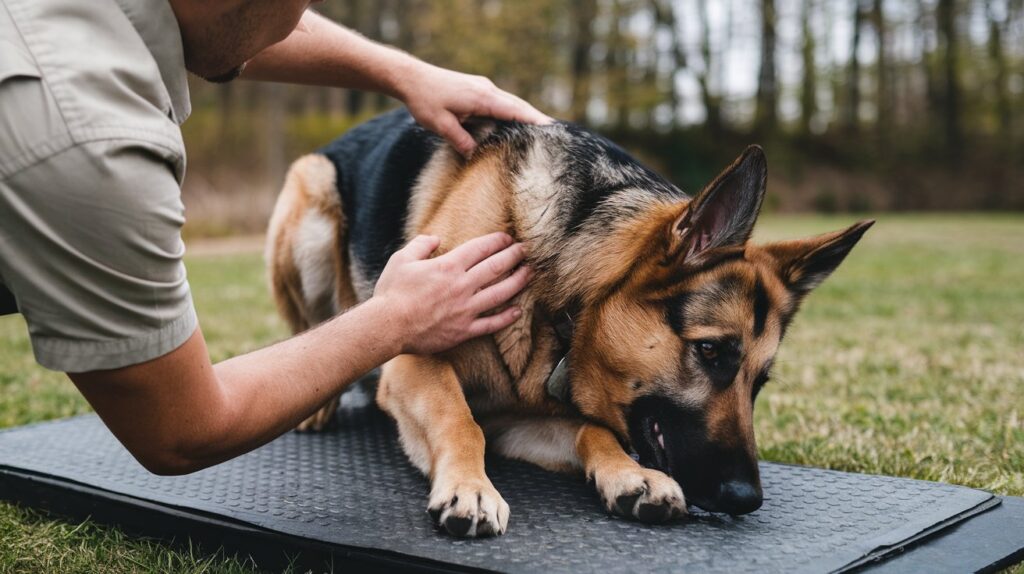
Conclusion
The optimal time to start dog training is when your puppy is still young, ideally around 7-8 weeks of age, during their primary socialization window. However, when should you start dog training is not a question with a one-size-fits-all answer; it’s about starting as soon as possible, whether you’re dealing with a puppy or an adult dog. Early training sets the stage for a lifetime of good behavior, a strong bond between you and your pet, and a well-adjusted, happy dog. Remember, training is an ongoing process, not a phase, fostering continuous learning and adaptation throughout your dog’s life. With the right approach, patience, and consistency, you can guide your dog to become not only a well-trained pet but also your best friend.
Also Read: Aggressive Dog Training Near Me – Finding the Best Trainers
FAQs:
1. When is the best time to start dog training?
Start training your puppy as early as 7-8 weeks. Begin with simple commands like “sit” or “stay” using positive reinforcement.
2. Is my puppy too young for training?
No! Puppies are quick learners. Early training builds good habits and strengthens your bond, but keep lessons short and fun.
3. Can I train an older dog?
Yes, older dogs can learn too! While it may take patience, consistent training and rewards work wonders at any age.
4. What should I focus on when starting training?
Focus on basic commands, socialization, and potty training. Positive experiences build your dog’s confidence and trust.
5. Should I use rewards during training?
Absolutely! Treats, toys, or praise are great motivators. Rewarding good behavior encourages your dog to repeat it.
6. How often should I train my dog?
Train daily in short 5-10 minute sessions. Regular, consistent practice keeps your dog engaged and avoids frustration.

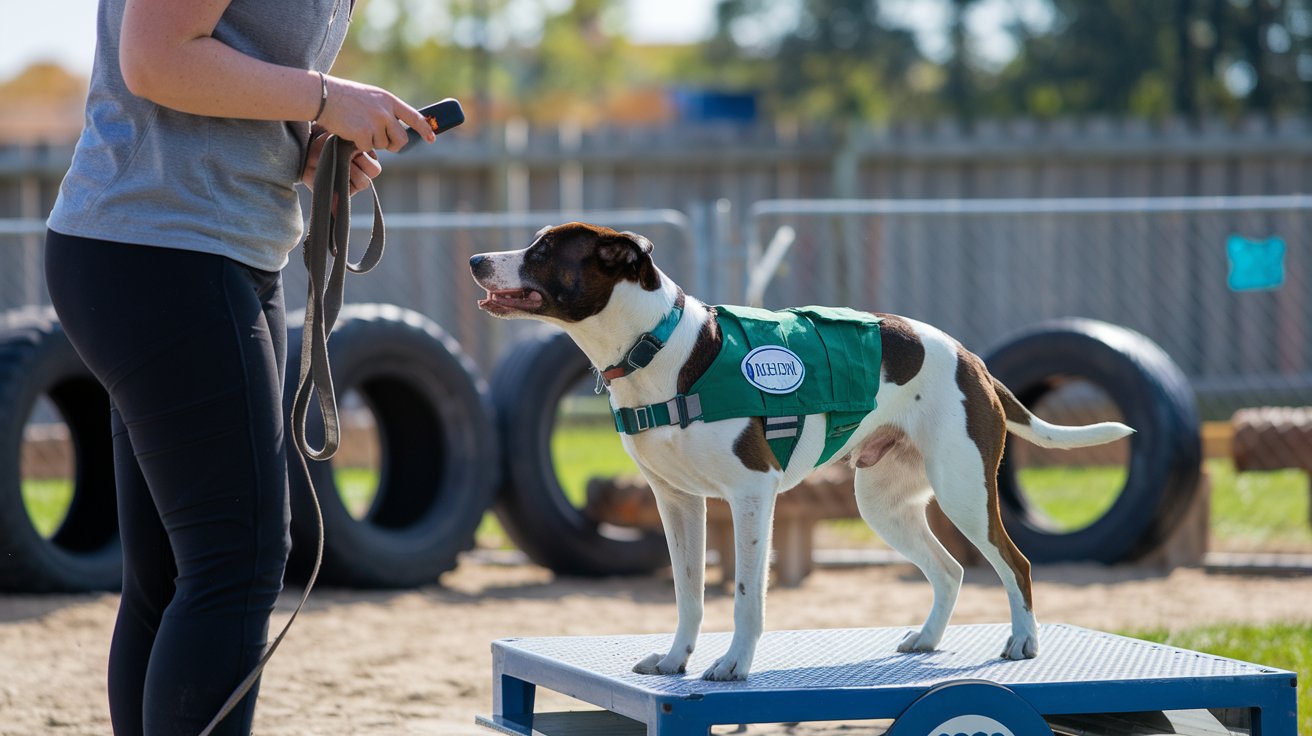

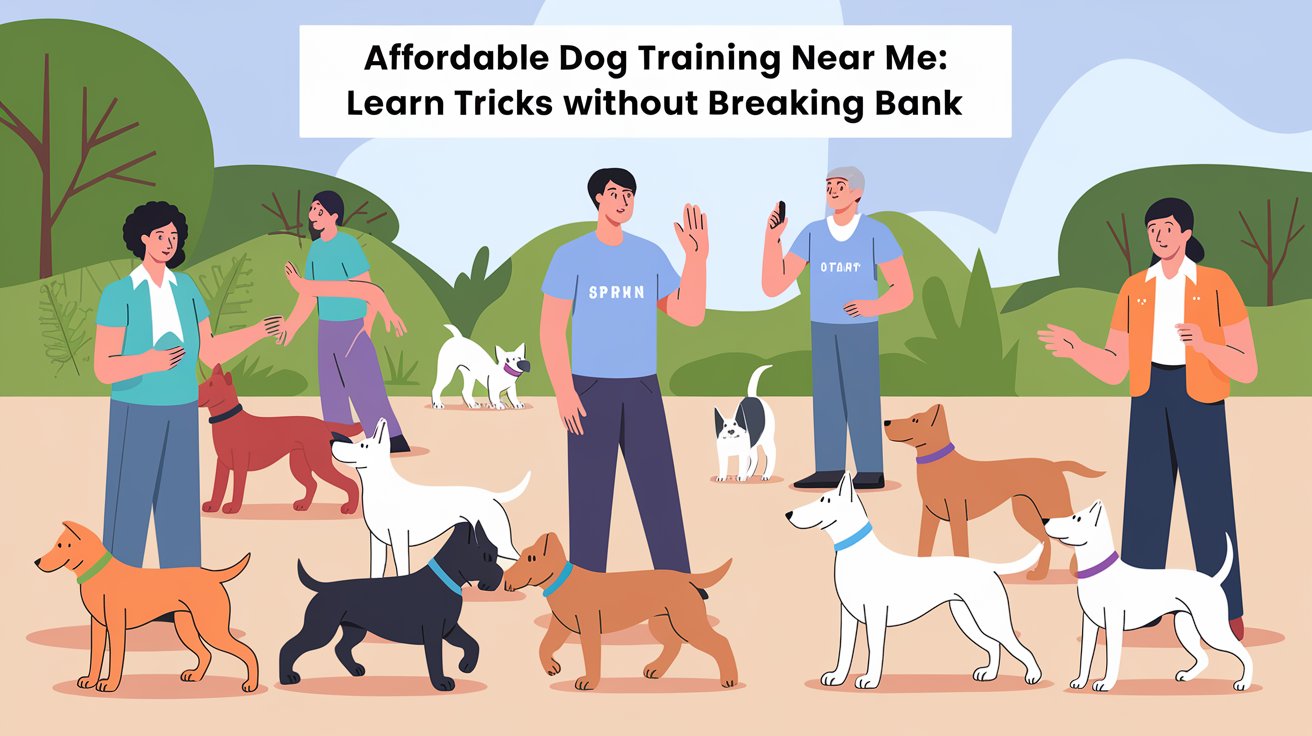
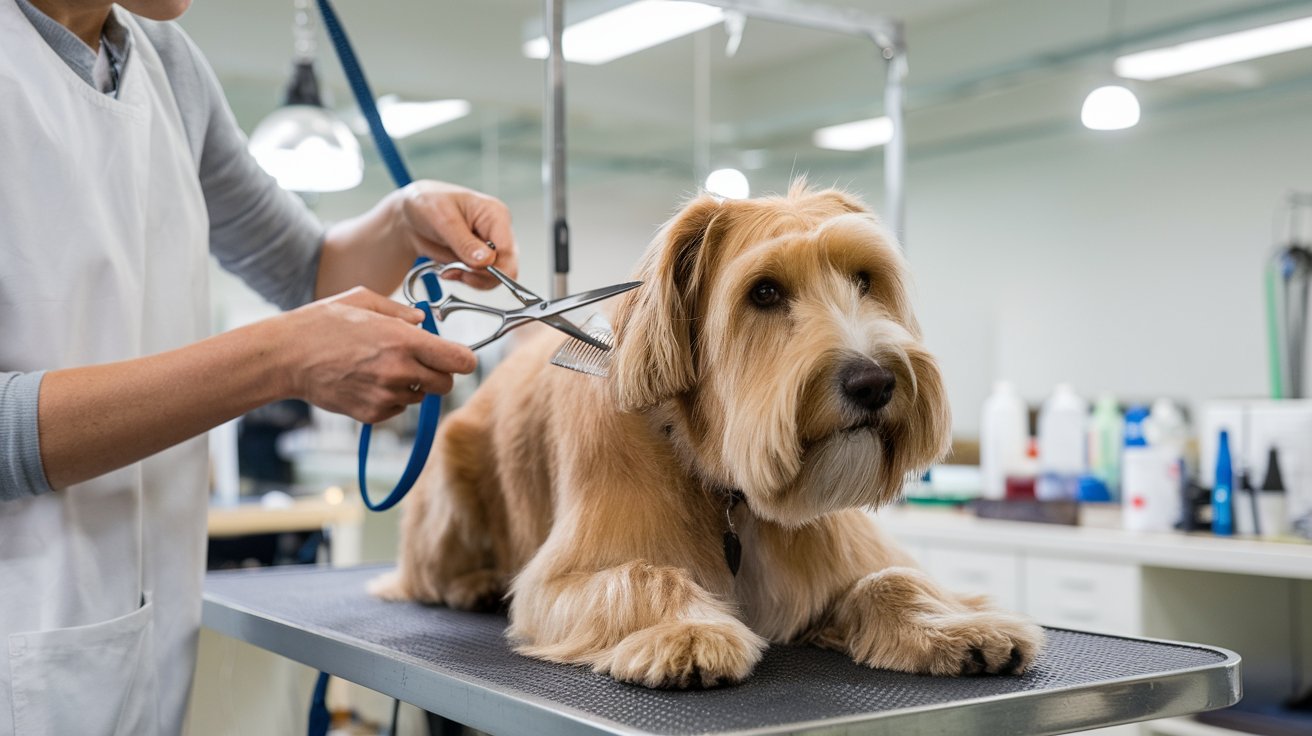
One thought on “When Should You Start Dog Training: A Comprehensive Guide”